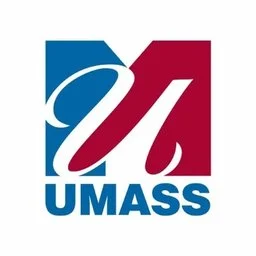HQS 630 Topic 8 DQ 2 How would you assess the need for an adjustment within a change project? What impact could this have on the project timeline? If an adjustment were needed on your project, how would you determine the best timing for making said adjustment? What considerations would you have for communicating the needed adjustments to the appropriate stakeholder groups?
Place Your Order NowHQS 630 Topic 8 DQ 2 How would you assess the need for an adjustment within a change project? What impact could this have on the project timeline? If an adjustment were needed on your project, how would you determine the best timing for making said adjustment? What considerations would you have for communicating the needed adjustments to the appropriate stakeholder groups?
Example HQS 630 Topic 8 DQ 1 Discuss the best practices for sustaining a change project
Many projects fail after their evaluation stage. The failure primarily results from poor integration into the organization’s routine operations. Other factors include poor transition or decreased support from leaders. Identifying barriers to success and mitigating them is necessary in all projects. This discussion focuses on strategies to sustain change and address barriers to successful implementation.
Creating a strategic vision and a sustainability plan is a vital strategy for change sustainability (Cumming & Worley, 2014). A strategic vision outlines the goals and objectives of a change, including activities to support these goals and objectives. The sustainability plan helps prepare to integrate the project into the organizational culture. Coaching potential in employees is essential as it incubates critical and creative thinking, which is necessary for continuous change and sustainability (Coleman & Thomas, 2017).
Leaders cannot achieve change alone, and the help of others, such as coached leaders, is necessary to implement and sustain change in healthcare facilities. Another best practice in ensuring change sustainability is continuous monitoring and evaluation, which provides vital insights and continuous improvement necessary for project sustainability (Ramísio et al., 2019). Continuous monitoring and evaluation allow the project manager to make informed decisions that ensure project sustainability.
The barriers to successful change implementation include resistance to change, where individuals are reluctant to accept and implement the change in an organization (Errida & Lofti, 2021). For example, implementing a check-in and check-out system or webcam monitoring can be met with hostility by employees who perceive the restrictions as unfair, minimizing the project’s support. Some employees are antagonized by change and can sway other employees to refuse change, further hindering the change process.
The resistance to change from the management offers a catastrophic blow to change and is a leading cause of project failure. Other barriers to successful change implementation include inadequate organizational resources and competing interests, which make it challenging to secure the funds necessary to implement change (Errida & Lotfi, 2021). Poor communication leads to a lack of clarity and subsequent failure in project implementation. These factors disrupt the normal change process, complicating the implementation and follow-up of the change activities.
References
Coleman, S., & Thomas, B. (2017). Organizational change explained: Case studies on transformational change in organizations. Kogan Page Publishers.
Cummings, T. G., & Worley, C. G. (2014). Organization development and change. (10th Ed.). Cengage learning.
Errida, A., & Lotfi, B. (2021). The determinants of organizational change management success: Literature review and case study. International Journal of Engineering Business Management, 13, 18479790211016273.https://doi.org/10.1177/18479790211016273
Ramísio, P. J., Pinto, L. M. C., Gouveia, N., Costa, H., & Arezes, D. (2019). Sustainability Strategy in Higher Education Institutions: Lessons from a nine-year case study. Journal of Cleaner Production, 222, 300-309. https://doi.org/10.1016/j.jclepro.2019.02.257
Order Now







